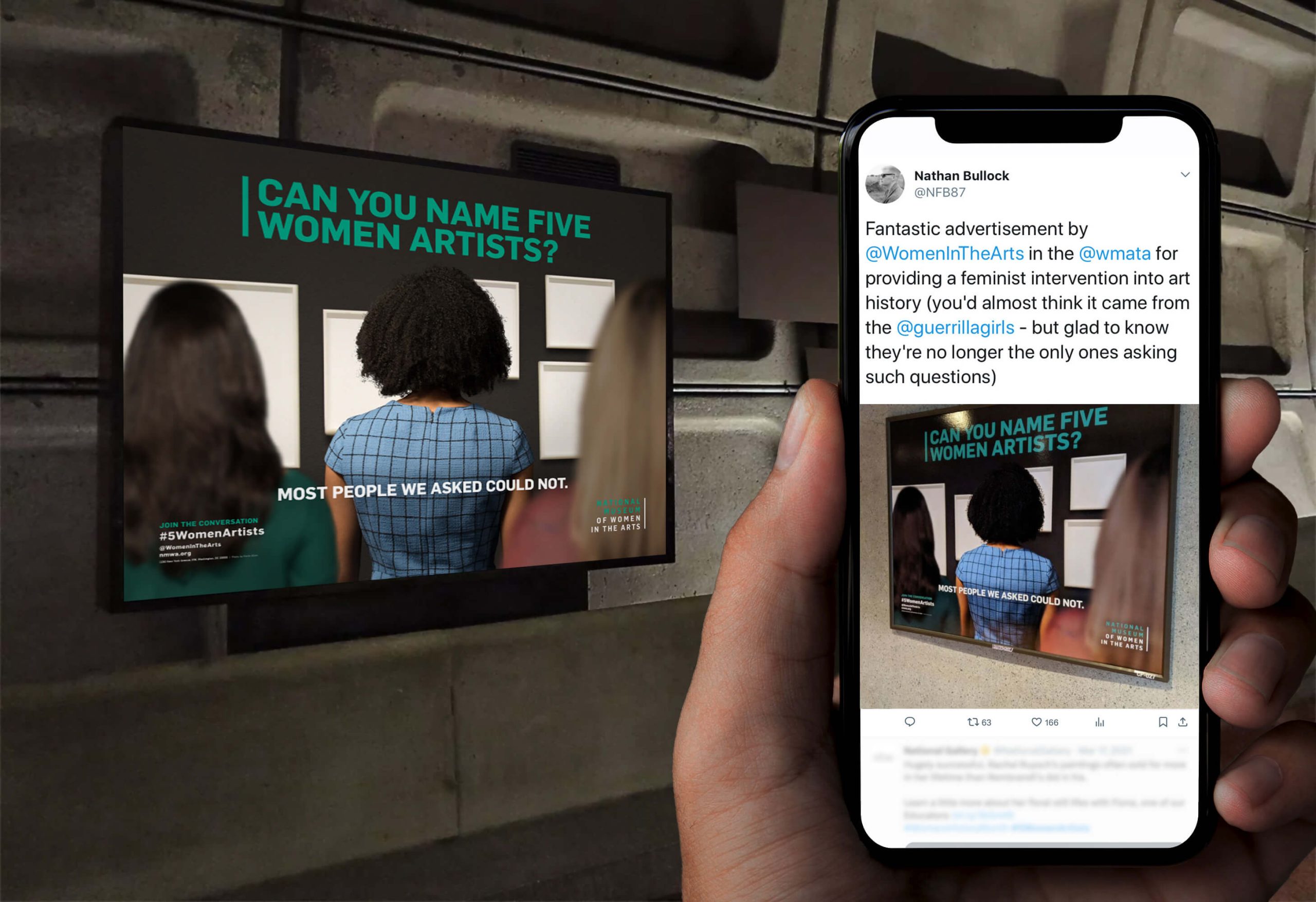Public Relations and Advertising: How They Serve You Differently
Having worked for over a quarter century in the ever-changing world of advertising, and having collaborated with some excellent professional peers in public relations (PR) throughout that time, I’ve witnessed these two disciplines work in concert to varying degrees of success. Let’s take a look at how these two avenues for delivering your brand message differ and how they can be used more effectively together.
Understanding the basics
At its core, public relations is about managing and disseminating information to help shape perception. It can do so through media relations, crisis communications, and community engagement, including social media. It’s generally not pay-to-play but there are some exceptions and gray areas, of course.
In contrast, advertising is paid communication intended to build brand awareness, promote a product or service, or persuade an audience to take action. It’s more direct and controlled, as the advertiser has precise command over the message, its placement, and its frequency.

A classic comparison between these two forms of communication is an article in a magazine that mentions an organization or quotes its CEO, as compared to a full-page advertisement in the same publication. In this scenario, the distinction between those two forms of media is clear, but the delineation is blurring and is getting harder for customers to discern in today’s more fragmented media landscape. For instance, a positive product review by an influencer might be unpaid and genuine (classic PR) or the same influencer might give that review as a paid endorsement, which is advertising. Sometimes this delineation is explicit, sometimes not.
Main differences between PR and advertising
1. Control and placement
In advertising, the advertiser pays for ad space or airtime and controls the content; it can push out its message as hard or as long as it has the financial wherewithal to do so. In PR, the company persuades external media outlets to cover their story, quote their experts, or refer to their activities, but it has much less control over exactly how the content is presented or framed.
2. Cost and credibility
A shorthand for one of the main differences between advertising and PR is that the former is referred to as “paid media” and the latter as “earned media” since it’s generally less costly, relying mostly on the effort of PR professionals to orchestrate well-crafted stories from the right outlets. PR, as a rule of thumb, tends to garner greater credibility since the content is expected to have been verified and presented by a third party—the media outlet—instead of having been placed by the advertiser. This is why it’s particularly well suited for reputation management and repair efforts.
3. Duration and effect
Advertising campaigns are time-bound; when the investment of advertising dollars ends, the campaign typically disappears from public view. By contrast, PR has greater durability and can be sustained more easily through published articles and repurposed content highlighted on your owned channels, such as websites, social media, and sales materials.
4. Purpose and strategy
PR naturally serves to build reputation and foster trust. Advertising can also be used to build awareness and reputation, but it is more often used for promotion or as a means to drive sales.
Brand advertising—a subgenre of the more typical promotional advertising—is a useful brand-building tool. See the “Can you name five women artists?” campaign we ran for the National Museum of Women in the Arts as an example.
PR and advertising: Complementary, not competitive
Despite these differences, PR and advertising should not be in competition; they are complementary means to engage with your customers and prospects. Each has its strengths and responsibilities within your broader marketing strategy, and when used together, they serve as complementary means to build awareness, reputation, recall, and conversion. The most effective communication strategies employ a combination of both advertising and PR—all of it rooted in solid brand strategy, of course.
PR and advertising in practice
The net effect of PR and advertising together is greater familiarity, and this has a powerful effect for any brand. People don’t tend to remember sources of information very well, so how they heard about something is not what matters, but rather that it’s familiar to them. Familiarity breeds positivity and is a leverageable benefit for any organization marketing its products or services. If this notion isn’t intuitive to you, think of this example of advertising in action:
Are Budweiser, Stella Artois, Corona, and Michelob Ultra the best beers in America, in that order?
If product quality = sales, then they would be, but the real equation is one for which advertising spend is an inextricable factor. Those are the top four beer brands owned by Anheuser-Busch InBev. Each has its own advertising machine behind it, and this advertising engenders familiarity, which in turn supports sales. Of course it’s more complicated than this, and the 4 Ps of marketing come into the real-world equation, including Product as highlighted in the list above. People buy Budweiser, not InBev. Pricing, Place, or Placement, as in where on the shelves and how many stores/bars sell it are all factors as well, but Promotion, where advertising fits in, is inarguably a key mover for these brands. It’s no coincidence that InBev, which spends an average of 7 billion dollars a year on advertising, enjoys a dominant 36% market share compared to number two Molson Coors with 17%.
As you might imagine, there’s no way to use PR as the sole driver of this kind of big player, market-share oriented strategy. Billions of dollars in marketing spend makes no sense for PR, and PR alone could not reliably drive the awareness and product familiarity metrics the way advertising can at this mass-market scale.
As your marketing budget grows, the ratio of PR to ad spending should balance out and then tip substantially toward advertising.
Advertising and PR both play critical roles in promoting brands and influencing audiences, and they do so in different and complementary ways. With appropriate resources—think roughly 5% of gross revenue—you should be doing both, but the way you spend money on these two aspects of your marketing strategy should not be a replica of a big corporation like InBev. If your marketing budget is under $100k, for example, then PR—supported by a robust brand strategy and good business strategy—is a smart primary investment. But as your budget grows, the ratio of PR to advertising spending should balance out and then, with some exceptions, tip substantially toward advertising.
The habits of PR are also distinct from those of advertising. The writer in a media outlet is given story ideas that they can choose to pick up, incorporate into a larger story, or edit as they see fit. This encourages offering options—multiple or alternative story ideas. Advertising needs to make hard choices in advance and demands significant discipline with respect to the message to be delivered and the targeting of that message. The consequence of strategic laxity in advertising is a very expensive kind of waste.
To conclude, since both advertising and PR fall under the broad umbrella of marketing and I can’t help but quote Peter Drucker, I’ll leave you with this:
“Because the purpose of business is to create a customer, the business enterprise has two—and only two—basic functions: marketing and innovation. Marketing and innovation produce results; all the rest are costs. Marketing is the distinguishing, unique function of the business.”









